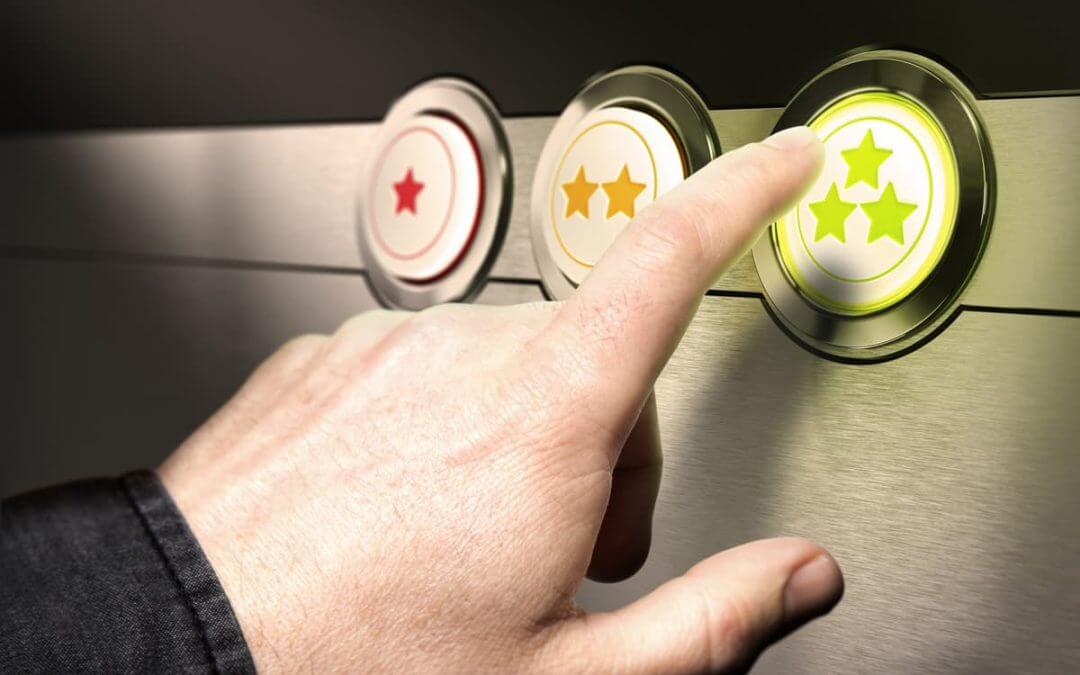Whatever the size of business, and for however long that business has been going, it’s often forgotten that retaining customers is a lot more cost effective than attracting new ones.
In fact, it’s estimated that it’s around 50% easier to sell to existing customers than it is to convince a new customer to buy your product or service.
Here are five handy tips to help you to create a customer retention plan and to go forward with it:
1. Make it personal
Don’t just sell to your customer, build a relationship with them. Taking the time to understand your customer better – what drives them and who they really are – will help you to tailor your product or service to them and can make you more memorable too.
Getting face to face contact is also important too. These days, much of our business is conducted over the phone or online. There isn’t much that’s more powerful than putting a face to a name though, so engineering a reason to meet is a good idea, and could lead to additional business straight away.
2. Build a database
Once you start learning about your customers, don’t just file the information away in your head and hope you’ll remember all about them for next time.
Build a database and keep all key information about your customers on it. This can include what they bought and when, helping you to see what buying habits they may have, as well as personal information such as where they live, their age and marital status, whether they have children, and any key names and dates to remember. You can pull these details out to remind you prior to your next meeting.
3. Stay in contact
A key to customer retention is keeping in touch. There’s a fine line between maintaining regular, welcome contact, and making yourself a nuisance, but you should be able to gauge this from your discussions with your customers, and from the information you then store on your database. The balance between informative and sensible contact and bombarding customers with unnecessary information is critical.
Your contact can also be varied using different channels of communication – so while telephone or face to face contact should happen regularly, this can be mixed with email and direct mail packs, to ensure you’re remembered at the crucial moment when they want to buy.
4. Offer relevant promotions
Promotions work, but they can be made to work better for you too. When considering promotions, make sure you use your database to tailor offers to your customers.
Highly targeted offers mean that the product or service is much more likely to be taken up, and even if the time isn’t right for the sale then, you will be remember for a future need. If a customer receives too much generic information from you, you run the risk of becoming a nuisance, or for your communications to become annoying noise, rather than interesting reads.
5. Listen to what your customers want
As a start up business owner, it can be easy to get so excited in your product or service, and so caught up in the sale, that you forget to actually listen to what the customer wants. So while they may be too far down the road to the sale with you this time, they may be less likely to visit or buy from you again.
Listening to your customers while you’re doing business with them, and maybe conducting satisfaction surveys from time to time, can help you to refine your offering, while also making your customer feel important, and that they have a tie to your business.
As a start up, your time and your energy need to be used as effectively as possible, and customer retention can help you to make much needed sales, without having to go out and pitch to new people. Is there anything you do that really helps to convert your first time sales into loyal customers? Let us know in our comments section.
Want to know more about marketing and customer retention? You can find hundreds of useful articles in our knowledge hub.

